There are gross acts of cruelty involved here too.

“In a place where nature does not count, counting nature can be a grim business. The reality is that the Victorian Government knows very little about the outcomes for the animals they issue these permits for. Most of course will be killed, just how many (more or less) is a matter for speculation. What has occurred regarding Macropod species for example is a complete disgrace”

What is also particularly disgraceful, the usual head in the sand stuff we get from Australia, is that no account at all is taken of the impacts of climate change, which are severe. So instead of taking the plight of numerous species into account, the numbers of ATCWs granted and the numbers of animals involved have increased at scale.
The most basic applied logic would give you an understanding that increasing the numbers of animals subject to so called control will only result in one outcome – that is putting more species at risk. We are also disrupting the web of life.
There are gross acts of cruelty involved here too.
In Victoria, tens of thousands of waterbirds are shot on internationally significant wetlands, Ramsar sites, each year.
In Victoria, 750,000 Kangaroos were authorised to be killed by ATCW / KPFT permits in the years 2014 – 2018. The number of Kangaroos authorised roughly doubled once the pet food trial really got underway despite government statements that there would be no increase in killing rates once the trial commenced. 390,886 of these animals were authorised under KPFT of which around 212,000 were actually processed.

There was a marked step change in the killing rates of all species in 2013, the number again increased significantly after the year the Victorian Labor Party won government in the state. What was going to happen was always very obvious, and when it did occur, little was done to moderate the situation. The numbers tell us that story.
The first number in bold is the number of ATCWs issued, the second number is the number of individuals of the species subject to control. The period covered is for ten years, from 2009 – 2018 inclusive. For a number of species on the list the number subject to control has increased rapidly in the last few years.
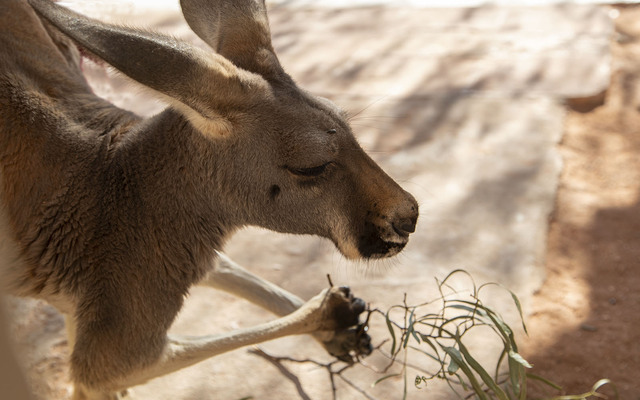
Remember that in Victoria, out of 16 species of Macropod that existed in the state in the 19th century, 7 are now extinct, three more species, if you include the Red Kangaroo, look as if they are in deep trouble, and I am starting to think about the Western Grey Kangaroo in similar terms, I will be correct if things do not change.
Macropods species have been a focus of the ATCW system and in the ten-year period from 2009 – 2018 ATCWs were issued covering 1,019,904 animals across 6 species. The numbers killed increasing rapidly in the last five years.
We also need to remember that the slaughter of Kangaroos and Wallabies also takes in the young, which are not counted by the ATCW system (these are joeys in-pouch and joeys at-foot, these animals are killed by blunt force and discarded unless they escape to die elsewhere). Roughly, because of mortality rates, 70 per cent of Kangaroo populations are female, any claims that males are the only animals targeted is untrue, females are also killed on mass. Because of size, it is also likely that the larger females, that is those of young bearing age, are the most likely to be shot. So let us say here that a modest 65 per cent of females who were killed had young (this is understated but a rough estimate), so that is, another 464,056 young animals at various stages of joeyhood.
The number of Red Kangaroos subject to ATCWs 2016-2018 (at 33,118) in Victoria was 15.6 times the number of Red Kangaroos subject to ATCWs in 2009-2011 (at 2,120). I have expressed my concerns to Victoria’s environment minister regarding what is occurring to the magnificent Red Kangaroo in Victoria, that is, ATCWs are being issued to cover numbers of animals that exceed the species entire population in Victoria. They have taken absolutely no notice of my concerns and just kept going. In their 2017 aerial survey the Victorian Government managed to account for just 23 Red Kangaroos so they know there is a problem here.
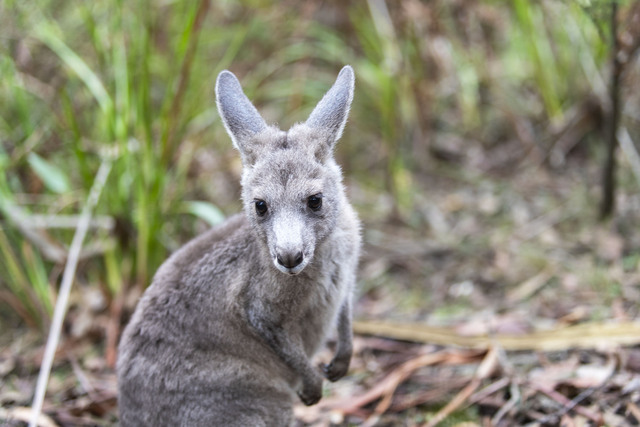
The number of Eastern Grey Kangaroos subject to ATCWs 2016-2018 (at 456,712) in Victoria was 3.5 times the number of Eastern Grey Kangaroos subject to ATCWs in 2009-2011 (at 129,195). These poor animals have taken the brunt of the expansion of the trade in wildlife in Victoria and killing rates will decimate population numbers.
The number of Western Grey Kangaroos subject to ATCWs 2016-2018 (at 37,792) in Victoria was 5.3 times the number of Western Grey Kangaroos subject to ATCWs in 2009-2011 (at 7,117). I am now also becoming extremely concerned about the Western Grey Kangaroo, as it is being slaughtered in numbers that are clearly unsustainable.
The story from the Victorian Government regarding the Wallaroo was as follows – “It is important to note that Victoria is the edge of the Wallaroo’s range and although it is listed under the Flora and Fauna Guarantee Act in Victoria, the species is found throughout other eastern Australian states”.
This is a classic case of redefining the distribution and range of species, that is, as the Wallaroo is almost now gone (it is listed as endangered in Victoria) from Victoria, it no longer matters as the species still exists in other states (where its populations are also being shot out). The geographic distribution of the Wallaroo in Victoria was far greater than the Victorian Government pretends. Early settlers in the Melbourne region describe Wallaroos occupying the gullies and steeper country in the vicinity of the early settlement. Museum records indicate the species persisted in the Yan Yean area until the 1960s, today Wallaroos persist only in the far north-eastern corner of Victoria and this represents a tiny fraction of their former distribution, occupying possibly as little as 2 per cent of their former range.
The sedentary habits of the Wallaroo and consequently its poor capacity for dispersal, mass shooting of animals and vast scale clearing of land in the east of the state has occurred in its habitats, further restricting the opportunities for remaining animals to disperse, populations were fargmented beyond repair, now leaving the Wallaroo clinging to its remaining and diminishing range in the east of the state.
Note: How the Tammar Wallaby got onto the list is a mystery, this might relate to captive populations.
The Grey-headed Flying-Fox is listed as vulnerable in Victoria. 38 ATCWs covering 52,160 animals for this species were issued in the years 2009 – 2018. Flying Fox species in Australia are in trouble, particularly from mass die offs caused by heat events, sometimes involving tens of thousands of individuals, so numbers are declining fast. The use of ATCWs here is to scare off colonies, in the Botanical Gardens in Melbourne, the Victorian Government attempted to kill the Flying Foxes but because of the fuss this caused, these animals are now moved on but with fewer and fewer places to go.
In New South Wales and Queensland, where there has also been a dramatic decline in Flying Fox populations, these animals are still shot. The outcome of the killing and harassment of these animals can only end one way, and that is further extinctions, to add to Australia’s already long list of such things.
Colonies of Flying Foxes continue to be harassed, current examples are in Cairns, Queensland and in Colac Victoria. You can read more about Flying Foxes in Australia here.
Parrots are a long lived group of animals, their breeding habitat, through the continual clearing of old trees with nesting hollows, is under great threat and the birds also face the challenges of climate change, some birds dying on wing from severe heat events. The likelihood is therefore that we are going to see significant reductions in Parrot numbers as birds find it harder to raise young, and as the older birds die, they will not be replaced in similar numbers.
Parrots are the most wonderful of animals and the fact that a government can contemplate killing them is such vast numbers is disgraceful.
The wonderful Coarse-haired Wombat is being killed on mass, unprotected in much of the State of Victoria, you will note from the ATCW list above that permits to kill 26,507 animals in the ten-year period. Wombat species are facing serious issues in relation to the parasitic infestation caused by mites, sarcoptic mange.
The number of ATCWs represents the total number of authorisations issued for both lethal and non-lethal methods (e.g. scare or trap). Lethal control of wildlife is only considered when practical non-lethal methods were unsuccessful at resolving the program or are impractical to implement. ATCWs are sometimes issued for the non-lethal control of some threatened species as follows:
Last year I raised a series of questions with the Department of Environment in Victoria (DELWP). Here are those questions and the department’s answers to them.
DELWP is unable to provide the split between authorisations for lethal and non-lethal control as our current permit database does not have the function to be able to produce a report on this. A new database is being developed which will address this limitation.
The figure regarding Long-necked Tortoises was a data entry error at the time of the ATCW being issued. The ATCW was issued to trap and hold Common Long-necked Tortoise that may have been encountered during contraction works undertaken to an artificial water body. No tortoises were actually encountered during construction so the ATCW was not acted on.
The euthanasia of Koalas in 2013/2014 was undertaken by veterinarians on welfare grounds, as the Koalas were suffering from starvation and disease. Veterinarians are exempt from the requirement to obtain an authorisation under the Wildlife Act if they are euthanising wildlife on welfare grounds.
DELWP has 52 Forest and Wildlife Officers operating across the state. DELWP Forest and Wildlife Officers monitor compliance with the ATCW system and investigate reports of non-compliance made by the public.
DELWP applies a risk-based, intelligence-led compliance approach and uses a range of compliance activities to encourage compliance and deter non-compliance. The activities undertaken to achieve compliance are selected based on a risk assessment, with consideration being given to the risk posed by the non-compliance and the cost and benefit of different compliance activities. Examples of compliance activities that may be undertaken include:
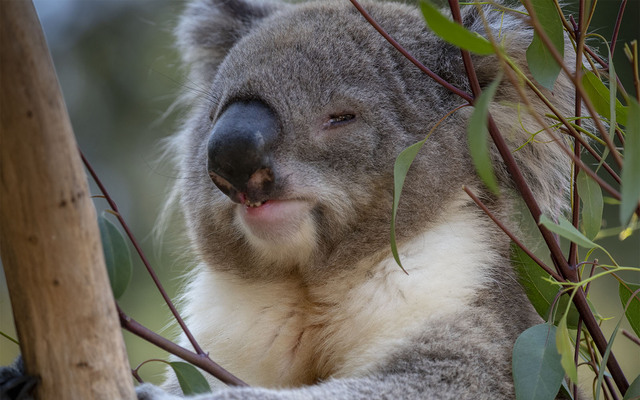
DELWP takes matters of non-compliance seriously and is often successful at prosecuting offenders for non-compliance with the Wildlife Act 1975 and regulations, and associated legislation such as the Prevention of Cruelty to Animals Act 1986.
For example, in 2016 there were 27 charges laid for offences under the Wildlife Act, with two of these being major prosecutions relating to animal cruelty (two accused in each case) that resulted in convictions.
For 2017, there were 11 charges laid for offences under the Wildlife Act, one of which is a major prosecution involving one individual with over 100 charges of alleged cruelty to animals. This matter resulted in a conviction.
Our current permit database does not have the function to able to produce a report on this. A new database is currently being developed which will address this limitation.
Wildlife population numbers fluctuate as availability of food and water changes in response to variations in temperature and rainfall. This means that the number of ATCWs sought by landholders also fluctuates year by year. For example, if there are dry conditions then landholders are more likely to seek an ATCW to reduce the competition between wildlife and their stock for feed.
Under section 7A of the Wildlife Act, the Minister can recommend to the Governor in Council to declare a species of wildlife unprotected in a specified area. Whilst this means that the unprotected species of wildlife may be controlled without an ATCW,
The control of wildlife varies across the landscape. As stated earlier, wildlife population numbers fluctuate depending on availability of food and water changes in response to variations in temperature and rainfall. Similarly, the number of ATCWs issued for the control of wildlife varies.
it does not mean that control is not regulated. The unprotection order will specify the period and area to which the Order applies, in what circumstances the species is unprotected, and the conditions that must be met, such as who may control the species and the methods they may use.
There are currently unprotection orders in place for the Common Wombat in certain parishes of Victoria, Brushtail Possums living in buildings and municipal parks, Dingos on or within a certain distance from private land for the protection of livestock, and Long-billed Corellas, Sulphur-crested Cockatoos and Galahs causing damage to property.
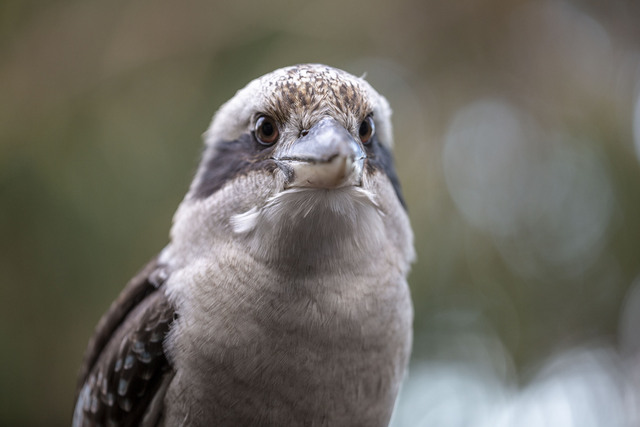
The survey was undertaken to survey Victoria’s three Kangaroo species, as they are the species often subject to control under ATCWs. No other macropods were included in the survey. In addition, the area of the state that the Wallaroo inhabits was excluded from the survey due to the difficulty surveying forested areas from the air.
It is important to note that Victoria is the edge of the Wallaroo’s range and although it is listed under the Flora and Fauna Guarantee Act in Victoria, the species is found throughout other eastern Australian states.
Although Koala populations in Queensland, New South Wales and the Australian Capital Territory were listed as ‘vulnerable’ under the Environmental Protection and Biodiversity Act 1999 in 2012, the conservation status of the Koala in Victoria is considered to be secure. Koalas are considered overabundant in some areas of Victoria and impact on native flora through overbrowsing. Kangaroo species in Victoria are also considered secure.
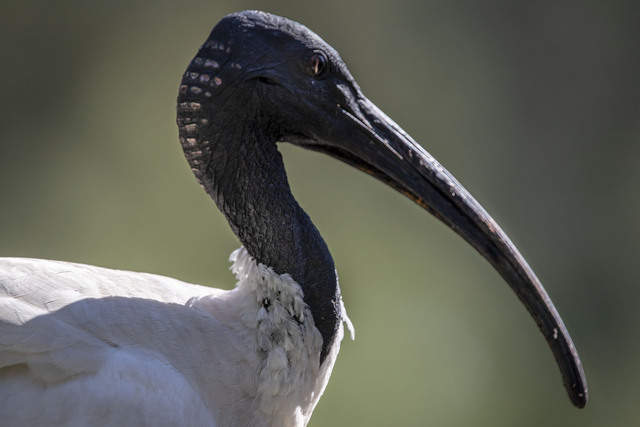
DELWP is undertaking a review of the ATCW system and is seeking feedback from the community on ways to improve the system. DELWP recognises that there are often divergent views relating to wildlife management, and these views have been acknowledged in the ATCW review discussion paper.
The broader issues section of the discussion paper outlines concerns that stakeholders have raised during early consultation that relate to wildlife management, including restricting rehabilitation of overabundant wildlife that are often subject to control, such as Kangaroos.
DELWP does not have a plan to restrict the rehabilitation of overabundant species. Restricting rehabilitation of overabundant species is outside the scope of the ATCW review and not under consideration.
Note: Since writing these questions and further investigations and analysis of the findings we have now added the Red Kangaroo to the in danger of extinction group within the state. That is 7 species extinct, 3 more on the brink.
Written and copyrighted by Creative cowboy films https://www.creativecowboyfilms.com/